Getting Started in Figure Modeling
Building experience in figure modeling can be a rewarding and unique experience. It’s important to approach the role with confidence, an understanding of the expectations and of your own comfort and limitations.
When figure modeling you will be asked to hold various poses for different lengths of time, typically ranging from quick gestures of 30 seconds to longer poses that may last anywhere from 5 minutes to 30 minutes or more. Shorter poses tend to be more dynamic and expressive, capturing motion or tension, while longer poses often require stillness, making it essential to choose comfortable and sustainable positions. Communication with the instructor or session leader is key, so don’t hesitate to speak up if a pose becomes uncomfortable or painful.
Posing Standards
- Quick Gesture Poses – typically 30 seconds to 3 minutes
- Short and Medium Poses – typically 5 – 20 minutes
- Long Poses – 25 – 60 minutes
- Standing Poses
- Seated Poses
- Reclining Poses
In terms of what to bring, preparation is essential for maintaining comfort during longer sessions.
Items to Bring When Modeling
- Robe, covering or loose clothing to put on during breaks
- Slippers or Sandals to protect your feel (classrooms and studios often have dirty floors)
- Timer
- Clean linen or blanket for sitting on
- Cushion, yoga block or towel to roll up for help prop yourself for longer poses for comfort
- Yoga Mat
- Water Bottle
- Masking tape to mark your positions before breaks
Additional Considerations
Practice Body Awareness:
One of the most important skills as a figure model is being aware of your body and how long you can comfortably hold a pose. Start by practicing different poses at home in front of a mirror to see what works best for you. Pay attention to how tension builds in certain muscles over time, and experiment with shifting your weight subtly to ease discomfort without breaking the pose.
Understand the Purpose of Each Pose:
Poses often serve different purposes depending on the duration and the focus of the drawing session. Quick gesture poses (usually 30 seconds to 2 minutes) are meant to capture movement and the overall energy of the body, while longer poses focus on form, detail, and anatomy. Knowing the intent behind a pose can help you adjust your body accordingly, whether it’s emphasizing motion or maintaining stillness.
Be Mindful of Symmetry and Balance:
It can be tempting to choose visually interesting or asymmetrical poses, but it’s important to maintain balance. Holding asymmetrical poses for too long can lead to discomfort or strain on your body. Always make sure that your weight is distributed evenly or that you can support yourself comfortably, especially for longer sessions.
Communicate with the Instructor and the Artist you are working with:
Don’t be afraid to speak up if you’re uncomfortable or need a break. Instructors are usually very understanding and would rather you adjust a pose than risk injury. Likewise, if you’re not sure how to position yourself or what is being asked of you, ask for clarification.
Warm Up Before Posing:
Just like any physical activity, it’s a good idea to warm up your body before starting a session. Stretching helps loosen your muscles and joints, making it easier to hold poses for extended periods. This also reduces the risk of cramps or stiffness during the session.
Bring a Positive Mindset:
Figure modeling can sometimes feel intimidating, especially if you’re new. Embrace the experience with confidence and understand that your role is vital to the creative process. Relax, breathe, and focus on maintaining calm throughout the session.
Know Your Limits:
Posing, especially for extended periods, can be physically demanding. It’s essential to know your limits and set boundaries. If you’re asked to do a pose that feels beyond your physical capability, it’s okay to suggest an alternative. Over time, as you gain experience, you’ll become more aware of what works for your body.


